Antique African bronze manilla with intricate detail.
£110.00
A nice 19th Century solid bronze manilla with great colour and patina.
The outer maximum diameter is 88mm, inner minimum diameter is about 58mm and it is about 16mm deep. This bracelet weighs about 350g. It has a cylindrical body with copious tooled decoration and angled terminals. There are surface marks and imperfections consistent with the age and hand made items, but no signs of damage and no evidence of any repairs or restoration.
The early Portuguese traders bought tusks of ivory, peppers, and slaves by exchanging currency 'bracelets' acceptable to the Africans. Eventually manillas became known as slave trade money after they were used by Europeans to acquire slaves. A slave cost about 12 to 15 manillas in the 1490s. With inflation a female slave aged 16 in Benin cost between about 50 manillas in 1522.
Gradually, manillas were used as trade money within the African countries and were still being used as currency into the 19th Century. The Africans of each region had names for each variety of manillas, probably varying locally. They valued them differently, and were notoriously particular about the types they would accept. Manillas were partly differentiated and valued by the sound they made when struck. Sometimes distinguished from manillas mainly by their wearability are a large number of regional types called 'Bracelet' monies and 'Legband' monies. Some are fairly uniform in size and weight and served as monies of account like manillas, but others were actually worn as wealth display. The less well off would mimic the movements of the 'better off' who were so encumbered by the weight of manillas that they moved in a very characteristic way.

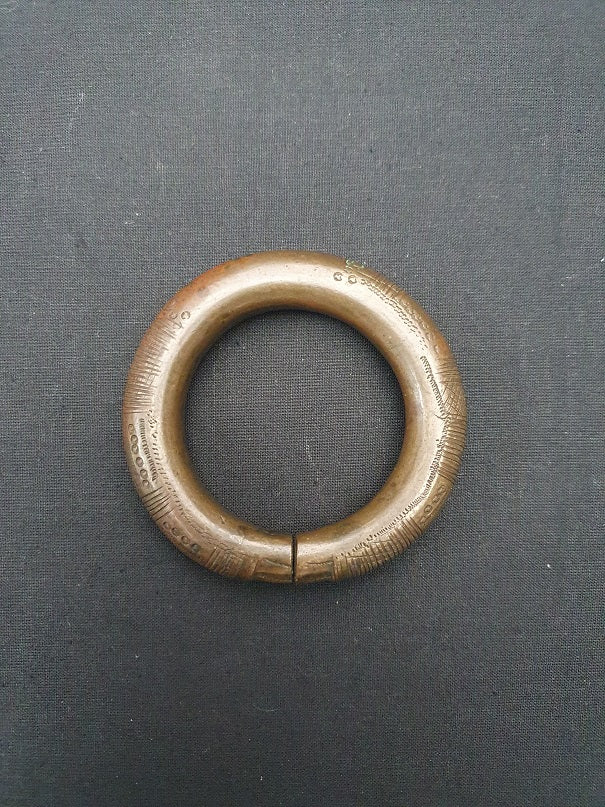






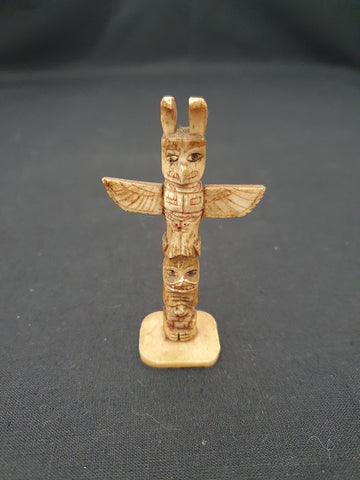
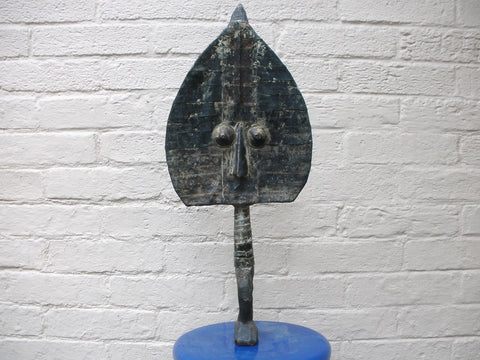
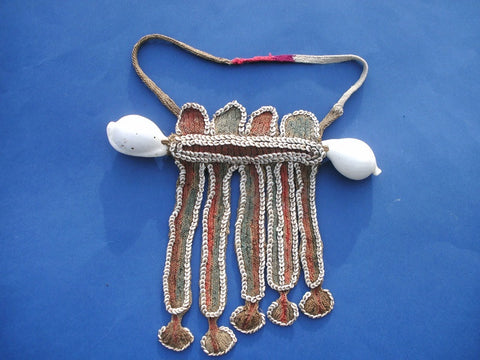
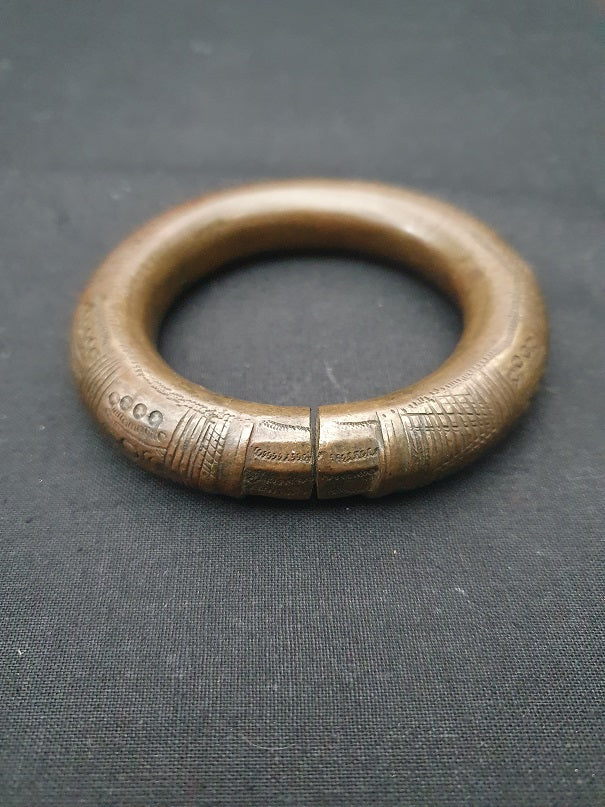
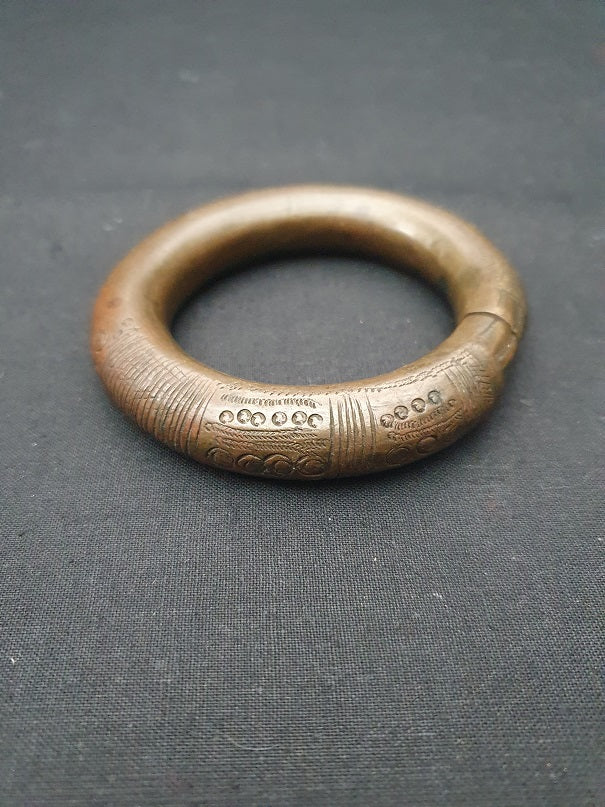
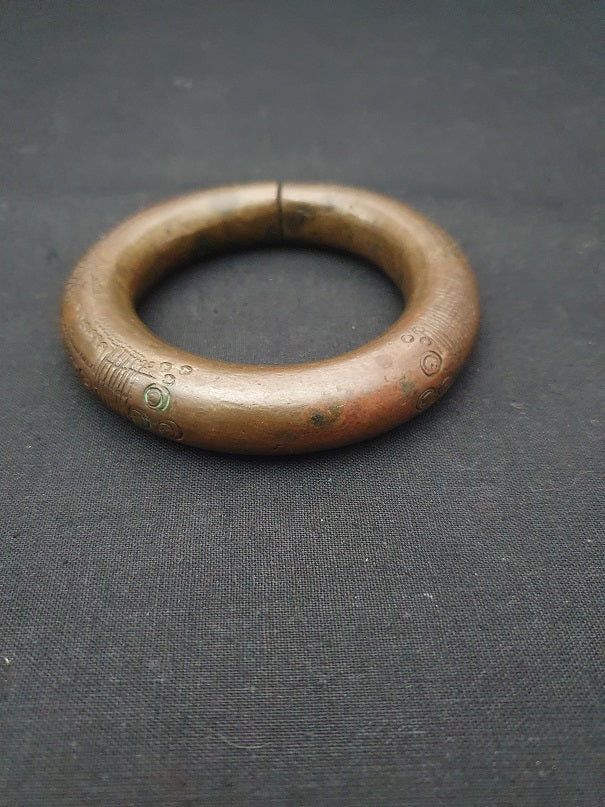
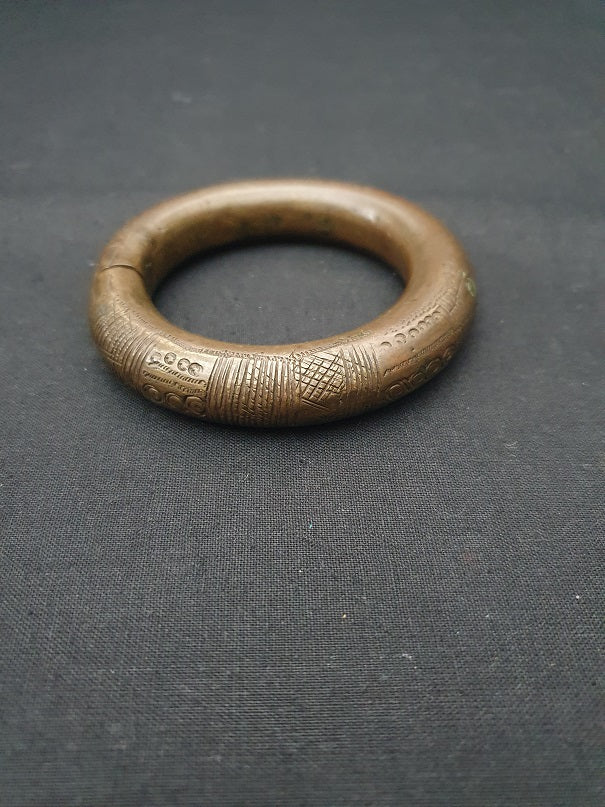
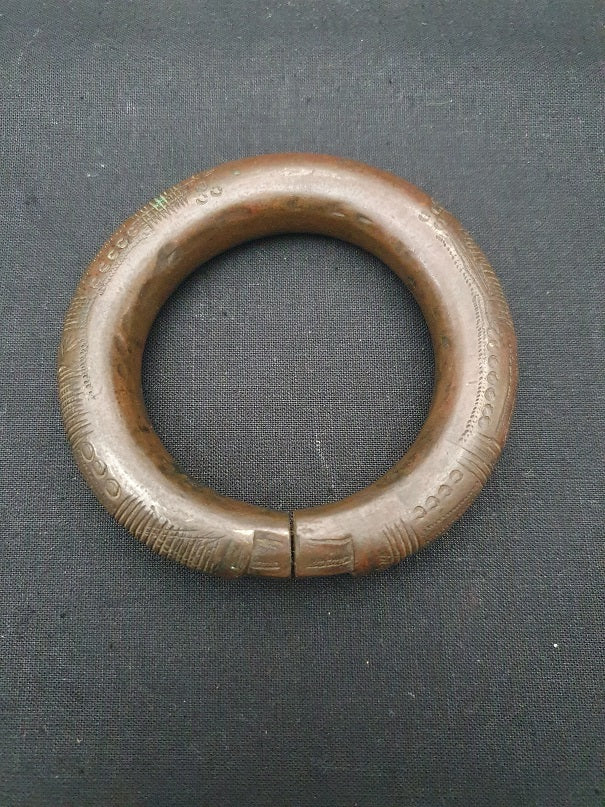
Share this item: